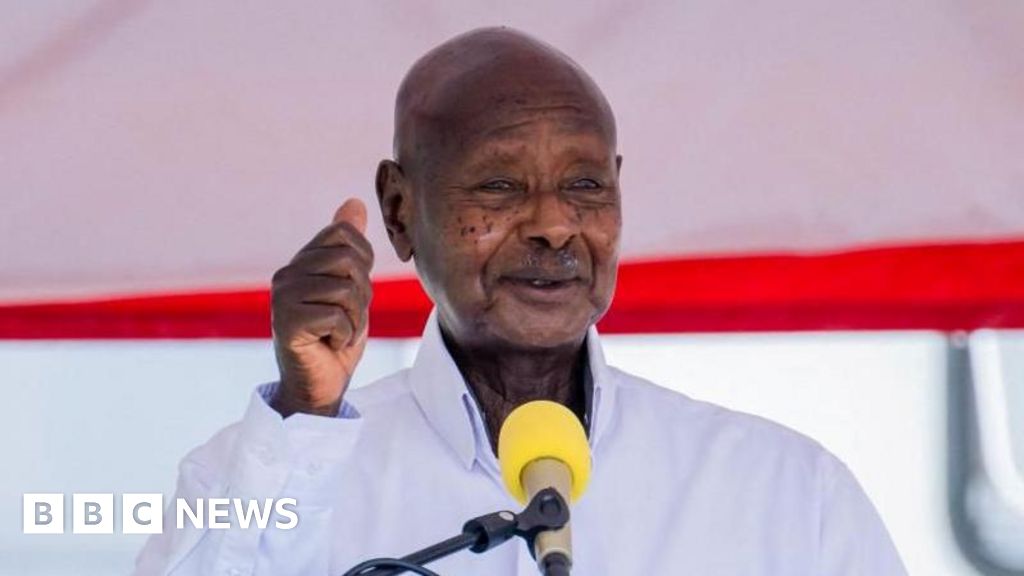Key Takeaways
- The U.S. government currently commands 198,012 BTC worth $16.52 billion.
- U.S. dollar CBDCs have been banned in favor of dollar-pegged stablecoins.
- Over a dozen U.S. states have submitted proposals to establish their own Bitcoin crypto reserves and infrastructure.
After sweeping the White House, the Senate, and Congress in a historic election victory, U.S. President Donald Trump has wasted little time enacting his pro-crypto agenda through executive orders and key appointments.
Here’s a month-by-month breakdown of the most significant developments so far this year.
January: U.S. Crypto Reforms
Trump’s second term kicked off with an executive order (EO), which ordered the government to establish a “crypto working group” that must provide a comprehensive report on crypto regulations and stablecoins by the end of July 2025.
The EO also banned the creation and issuance of a U.S. dollar central bank digital currency (CBDC), a far departure from the approach taken by many other nations around the world.
It also ordered the exploration of establishing a “national digital asset stockpile,” which would ultimately be brought to life with two additional EOs officially creating crypto reserves in March.
The notoriously anti-crypto Staff Accounting Bulletin No. 121 (SAB121) was also repealed. All in all, these orders laid the groundwork for sweeping pro-crypto reforms.
Pro-crypto appointments were made, with former PayPal executive David Sacks being named AI and Crypto Czar, Caroline Pham as acting Chair of the Commodity Futures Trading Commission (CFTC) and Scott Bessent as Secretary of the Treasury.
The appointment of Tim Scott as Chairman of the Senate Banking Committee created the Senate’s first-ever crypto-focused subcommittee, which saw pro-BTC advocate Cynthia Lummis appointed its first Chairman.
February: SEC Rollbacks
Little progress was made on the crypto front. Donald Trump’s promises to establish a Bitcoin Strategic Reserve, amongst other pledges, did not come to fruition.
However, sentiment within the halls of government shifted considerably when the once-hawkish Securities and Exchange Commission (SEC) began reversing years of legal cases against crypto, beginning with Binance.
Some days later, Coinbase announced it had reached an agreement to dismiss its case. Further dismissals came in quick succession, as the SEC closed investigations into Robinhood, Uniswap, OpenSea, Gemini, Consensys, Justin Sun, and Tron.
March: Strategic Bitcoin Reserve
March was perhaps the busiest month for crypto in the White House.
Kicking things off on March 6 was the first-ever White House Crypto Summit at which industry leaders, regulators, policymakers, and notable figures convened to discuss the future of the U.S. crypto industry.
After teasing that a U.S. crypto stockpile would include Bitcoin, Ethereum, Ripple, Solana, and Cardano, Trump made good on his promises to add crypto to the nation’s portfolio just a day after the summit.
On March 7, Trump signed an EO to establish both a Strategic Bitcoin Reserve capitalized by its 198,012 BTC stash it seized over the years, and a separate U.S. Digital Asset Stockpile for other cryptos.
Politicians also reintroduced the Digital Commodity Exchange Act (DCEA) that would expand the CFTC’s remit in digital assets, giving it authority over spot digital commodity markets.
In short, it would establish a voluntary registration process for crypto exchanges, offering full legal certainty and consumer protections minus the oversight of the SEC.
Later that month, Donald Trump publicly endorsed stablecoin legislation, the GENIUS Act, which has now progressed to the Senate.
What To Expect in 2025
At present, pro-crypto pick for SEC chair, Paul Atkins, is yet to be confirmed, which may be stalling further progress with crypto legislation.
Looking ahead, a number of “crypto roundtables” are scheduled to take place over the coming weeks.
These meetings will focus on decentralized finance (DeFi), real-world asset (RWA) tokenization, and more, once again marking a major departure from the cold shoulder crypto received from Joe Biden’s administration.
Was this Article helpful?

















